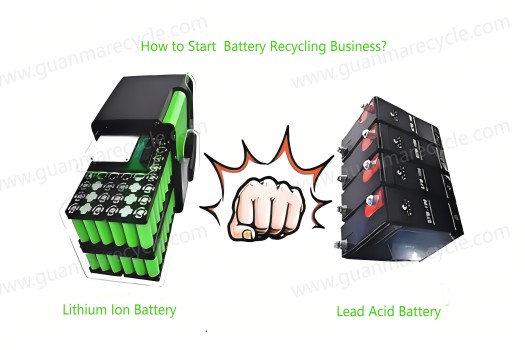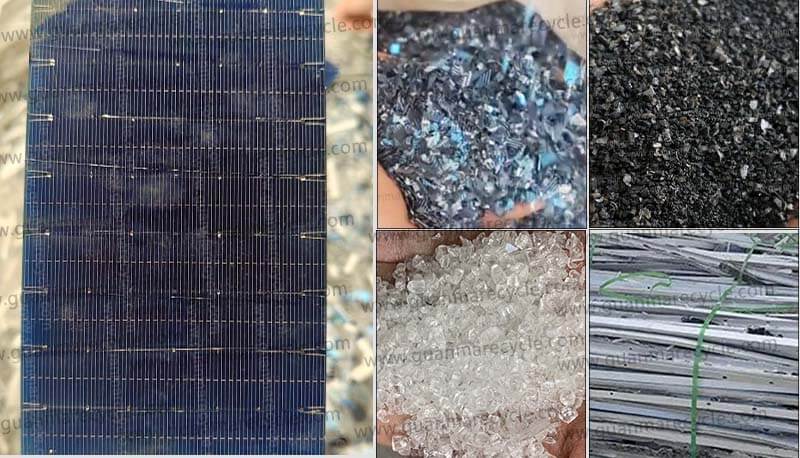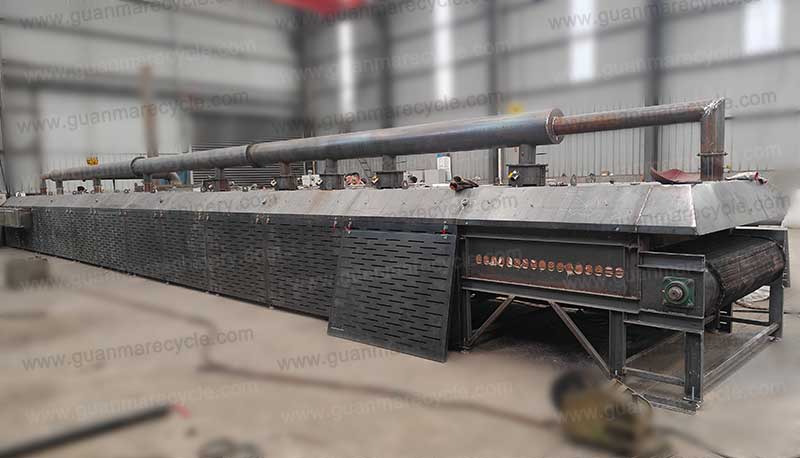As global demand for sustainable energy solutions rises, businesses and governments are increasingly turning to battery recycling machine manufacturers to address the growing challenge of lithium-ion battery waste. Whether you’re sourcing lithium-ion battery recycling machines for industrial use or evaluating battery recycling machine cost, this Guanma Machinery provides actionable insights to help you make informed decisions.
Why Partner with Professional Battery Recycling Machine Manufacturers?
Battery recycling is no longer optional—it’s a necessity. With over 11 million metric tons of lithium-ion batteries expected to reach end-of-life by 2030, efficient recycling systems are critical. Reputable battery recycling machine manufacturers design equipment that safely processes spent batteries, recovers valuable metals (like lithium, cobalt, and nickel), and minimizes environmental harm.
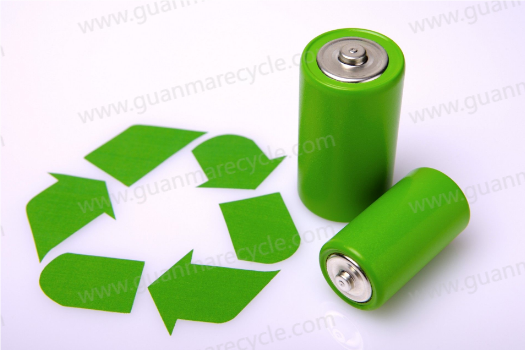
Types of Battery Recycling Machines: Which Fits Your Needs?
Not all battery recycling machines are created equal. Manufacturers offer specialized systems tailored to battery chemistry, capacity, and output goals.
1. Lithium-Ion Battery Recycling Machines
Designed for EVs, consumer electronics, and energy storage systems, these machines use hydrometallurgical or pyrometallurgical processes to extract metals. Advanced models feature automation for higher purity rates (up to 98%).
2. Lead-Acid Battery Recycling Systems
Ideal for automotive and industrial batteries, these machines crush, separate, and smelt lead components.
3. Modular Recycling Units
Compact, portable systems for startups or regions with limited infrastructure.
Battery Recycling Machine Cost: Factors to Consider
Understanding battery recycling machine cost requires evaluating:
Technology: Automated, AI-integrated systems cost more but improve efficiency.
Capacity: High-throughput machines (e.g., 10 tons/hour) require higher upfront investment.
Customization: Tailored solutions for specific battery types add to expenses.
After-Sales Support: Reputable manufacturers include maintenance, training, and warranty.
Average Cost Range:
Small-scale units: $50,000–$200,000
Industrial systems: $500,000–$2 million+
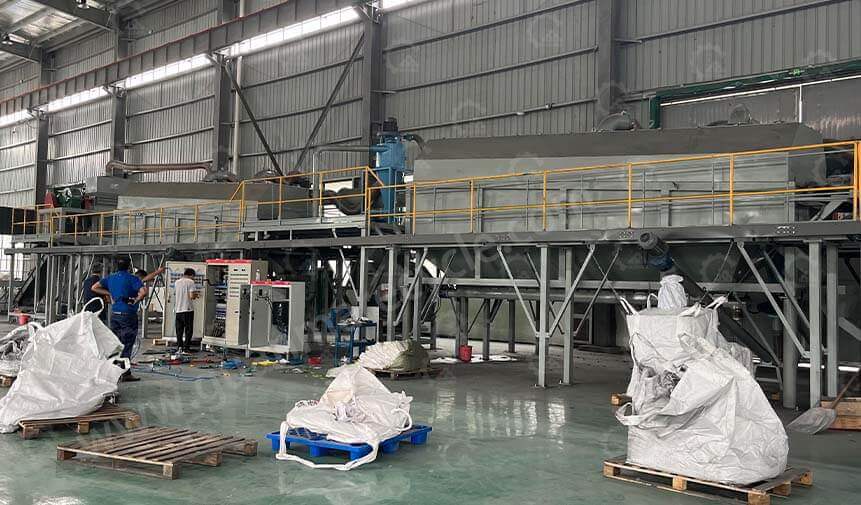
How to Choose Reliable Battery Recycling Machine Manufacturers
With growing competition, selecting the right partner is crucial. Follow these steps:
1. Verify Certifications
Look for ISO 9001, CE, or UL certifications to ensure quality and safety standards.
2. Evaluate R&D Capabilities
Top manufacturers invest in R&D to improve recovery rates and reduce energy consumption.
3. Check Client Reviews
Testimonials from industries like automotive, electronics, or waste management add credibility.
4. Request a Demo
Test the machine’s performance with your specific battery waste stream.
5. Analyze ROI
Calculate payback periods based on material recovery value and operational costs.
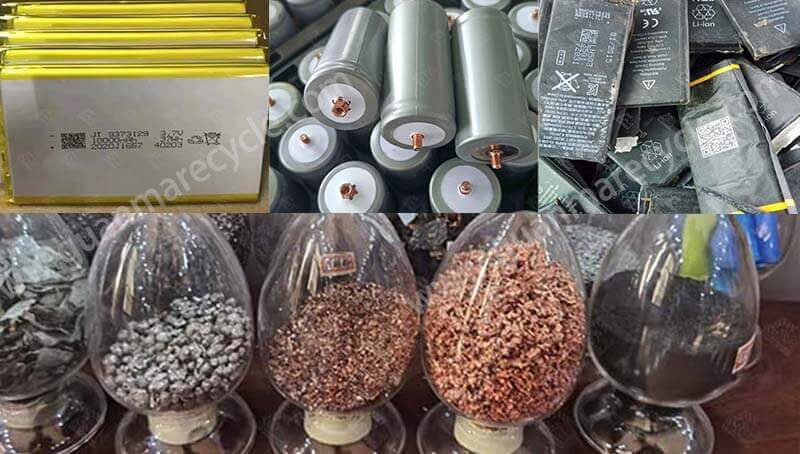
The Future of Battery Recycling Machines
Innovations by battery recycling machine manufacturers are reshaping the industry:
AI-Driven Sorting: Enhances separation accuracy for mixed battery waste.
Green Chemistry: Eco-friendly solvents to reduce carbon footprints.
Battery-to-Battery Recycling: Closed-loop systems that feed recovered materials back into new battery production.
Final Thoughts
Partnering with expert battery recycling machine manufacturers is a strategic move for businesses aiming to meet sustainability goals and comply with regulations. By understanding battery recycling machine cost, technology options, and manufacturer credentials, you can invest in equipment that delivers long-term environmental and financial returns.
Ready to explore lithium-ion battery recycling machines or modular systems? Connect with certified manufacturers today to request a quote or consultation.

